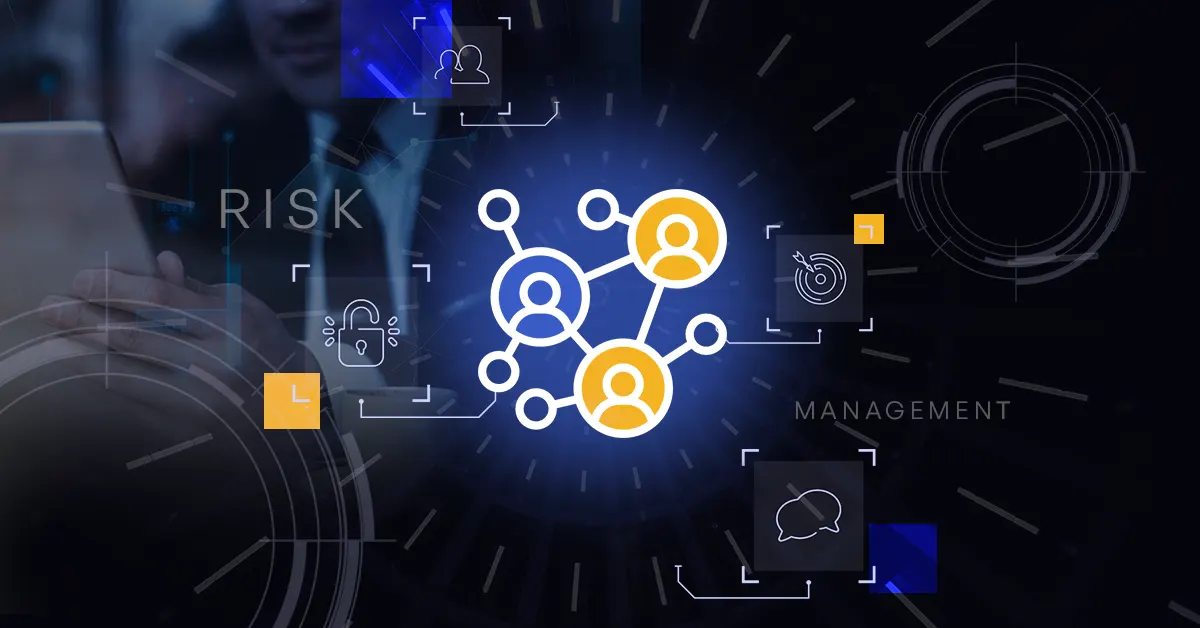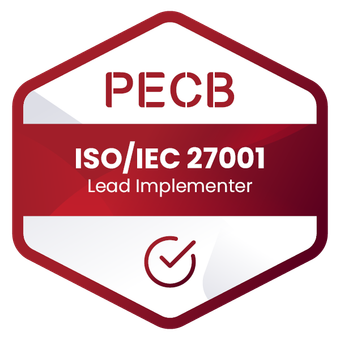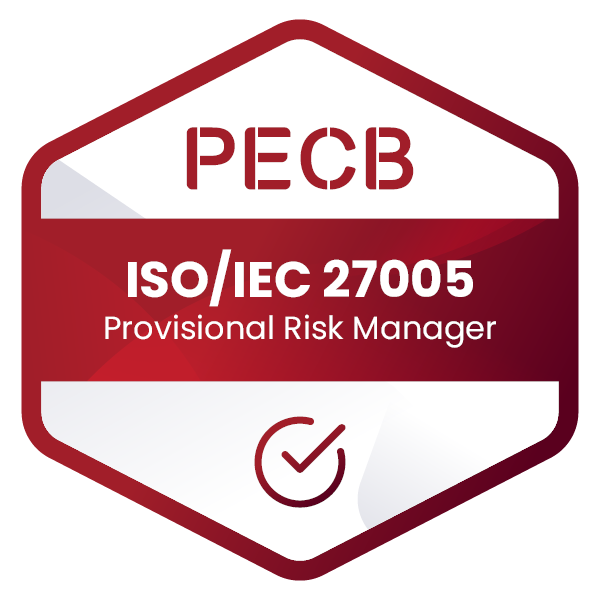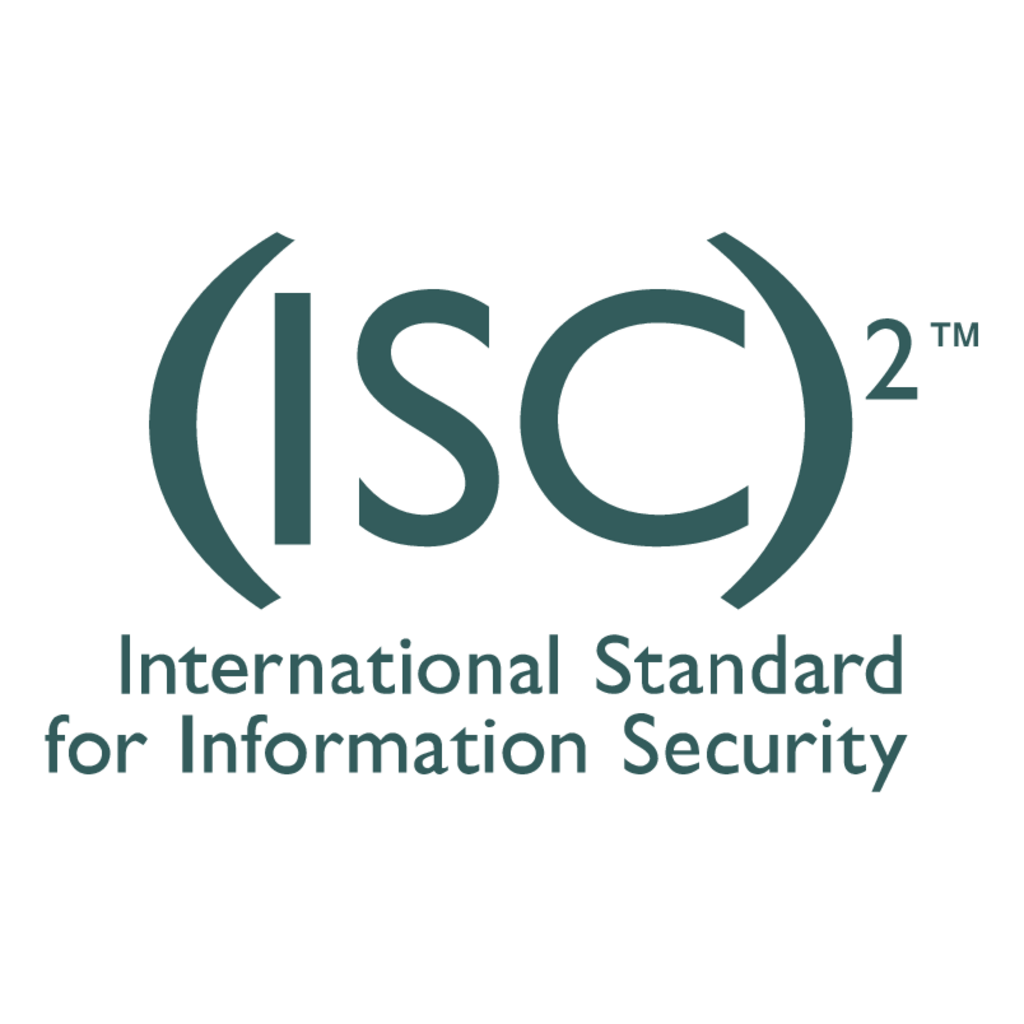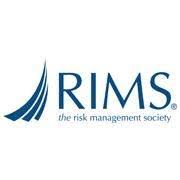
Businesses are recommended to follow hundreds of complicated laws and rules worldwide to keep their data secure. NIST CSF and ISO 27001 are two of the most popular frameworks intends to safeguard data and strengthen security, let’s look at the similarities and differences between them, here’s what to know.
What Is NIST CSF?
The National Institute of Standards and Technology (NIST) publishes standards, guidelines, and special publications related to the engineering of various technologies. Published in 2014, it provides a set of controls to assess their security strengths and weaknesses.
There are three main components to the NIST CSF framework: the Core, Implementation Tiers, and Profiles.
· Core: helps organizations manage and reduce security risks, with emphasis on working with existing cybersecurity and risk management strategies and tools.
· Implementation Tiers: help organizations discern the right level of “rigor” needed for their cybersecurity program.
· Profiles: help organizations identify and prioritize opportunities for improving cybersecurity.
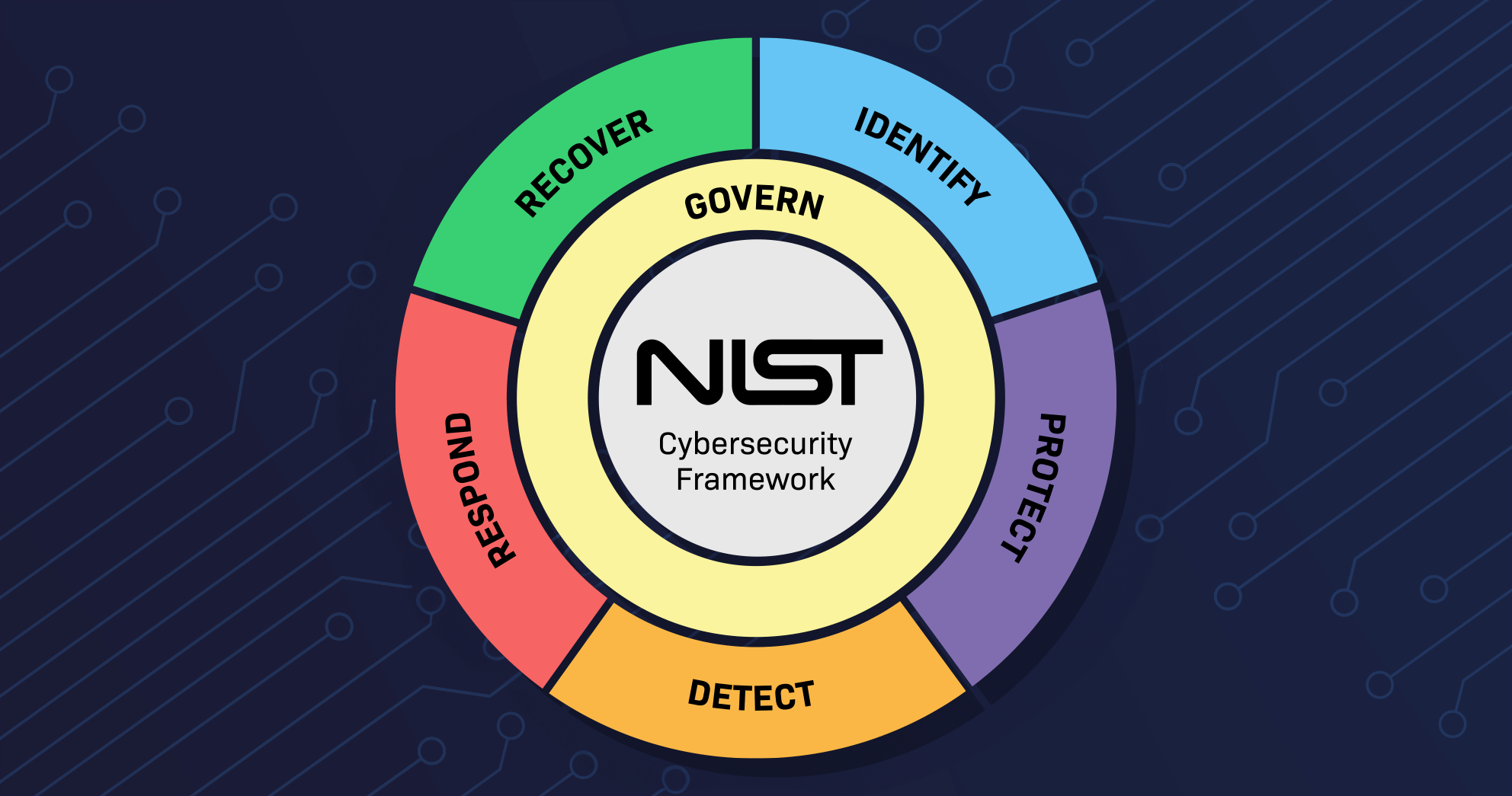
What is ISO 27001?
Like the NIST framework, the ISO 27001 is a non-regulatory compliance framework that provides a set of standards to help organizations keep corporate data such as financial information, IP, and employee details. ISO certification is not legally required, however, it can be achieved by any business that seeks to improve information assets security.
ISO 27001:2022 certification comprises 93 controls, rather than ISO 27001:2013’s 114. These controls are grouped into 4 Categories :
· People (8 controls)
· Organizational (37 controls)
· Technological (34 controls)
· Physical (14 controls)
NIST CSF and ISO 27001 Similarities
oth require senior management support, a continual improvement process, and a risk-based approach. The risk management framework for both NIST and ISO is similar as well. The three steps for risk management are:
· Identify risks to the organization’s information
· Implement controls appropriate to the risk
· Monitor their performance
NIST vs ISO 27001 : Which is right for your business?
The core NIST framework was designed to be flexible and easy to implement. NIST has a voluntary, self-certification mechanism, which makes it logistically easier to achieve for many businesses in comparison with the ISO 27001 which certification is granted by independent audit and certification bodies.
NIST is considered best for organizations that are in the early stages of developing a risk management plan. ISO 27001, comparatively, is better for operationally mature organizations. It offers a good certification choice for operational maturity organizations. At the same time, the NIST CSF may be best suited for organizations in the initial stages of developing a cybersecurity risk program or attempting to mitigate breaches.
This also has to do with cost. NIST is free, while ISO 27001 certification costs depends on the size of your business.

Conclusion
Performing a NIST audit delivers an idea of the status of your existing cybersecurity posture. Based on the audit results, you can make a decision before contracting and executing a distinguished framework such as the ISO 27001.
Lastly, there’s the key outcome of customer trust to consider. NIST is an easy way to check your security posture, but ISO 27001 is more recognized throughout the industry.



